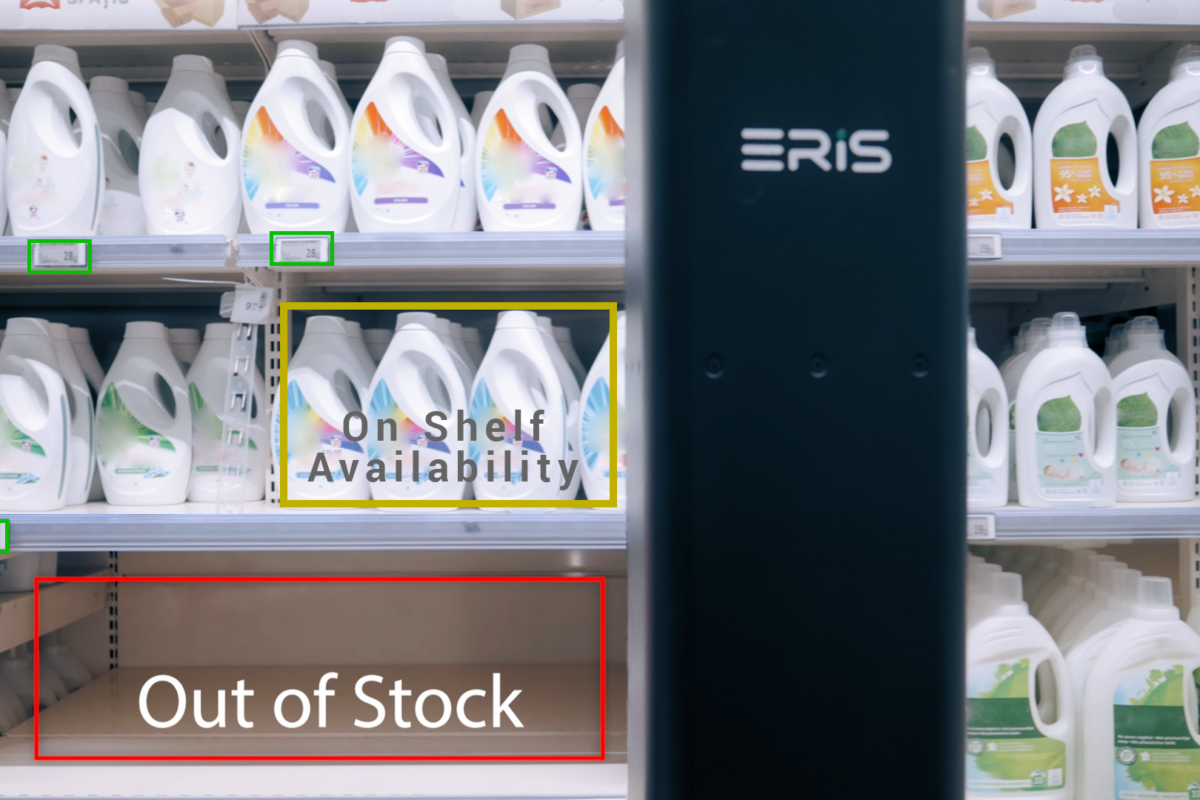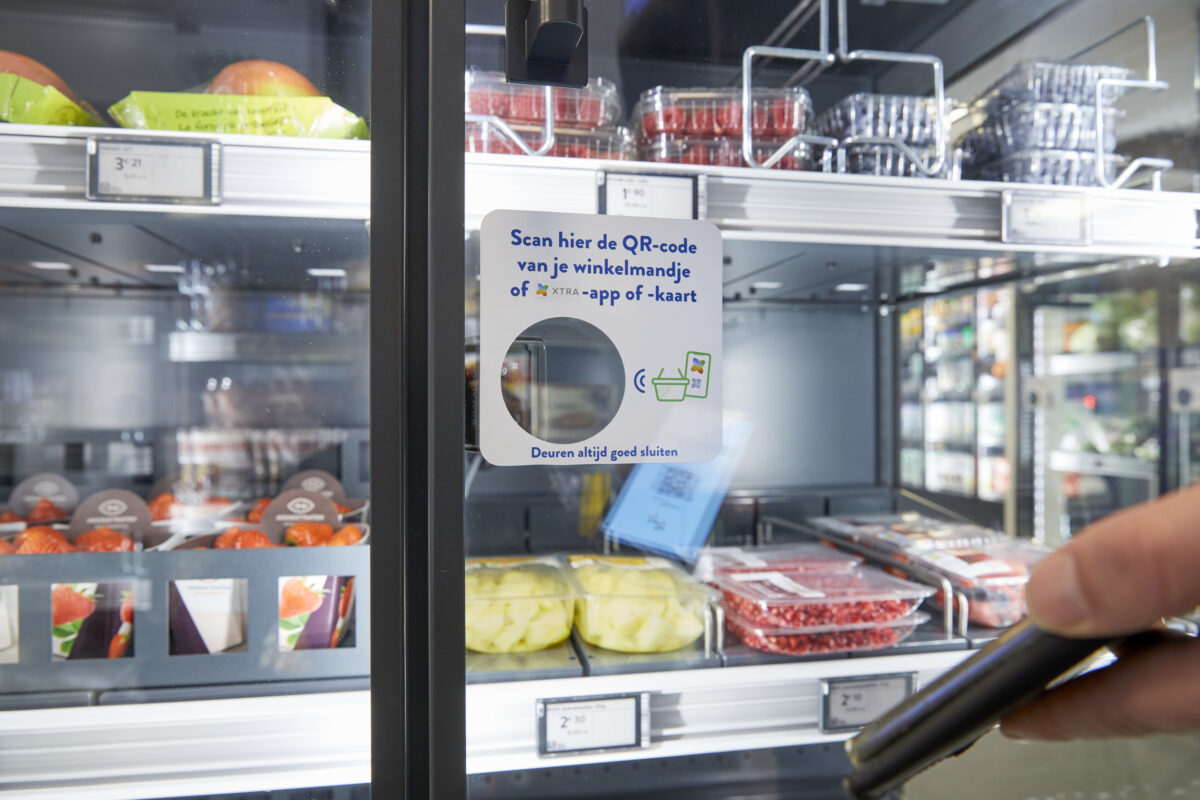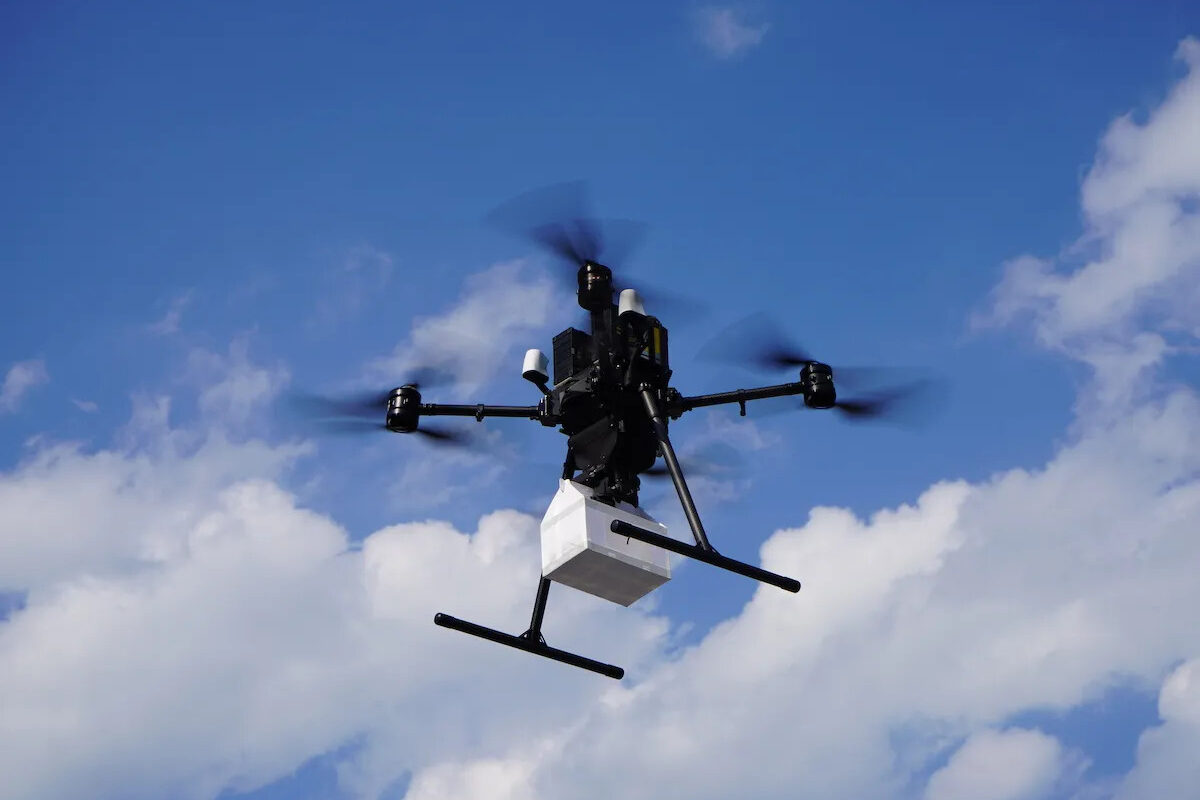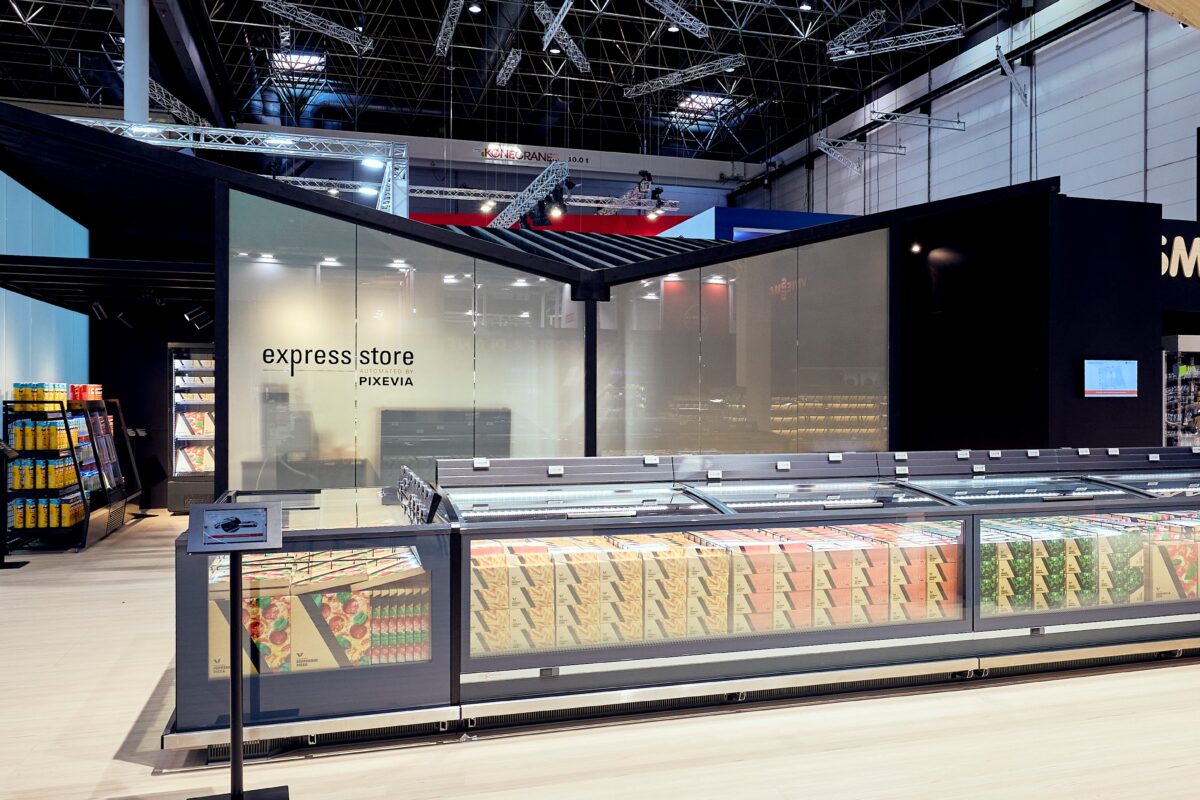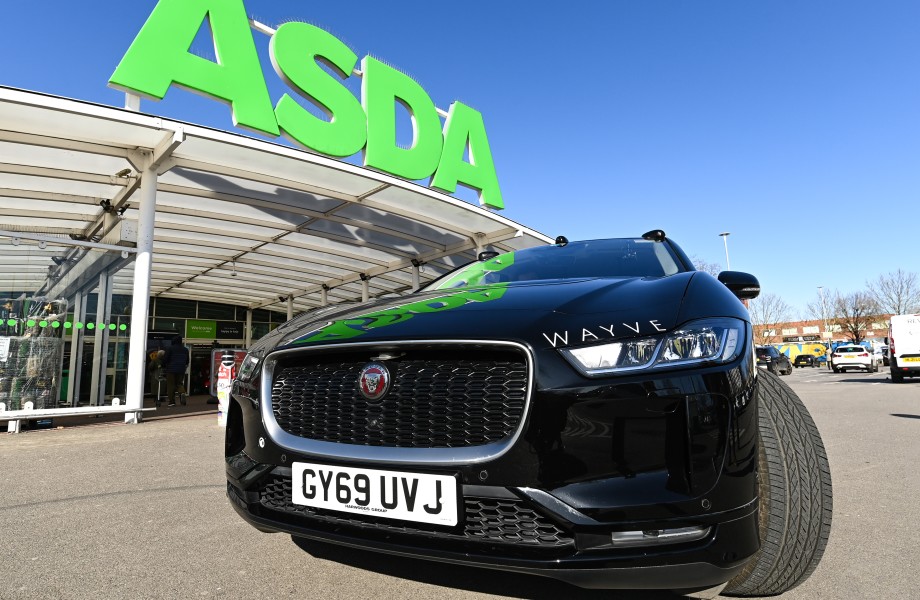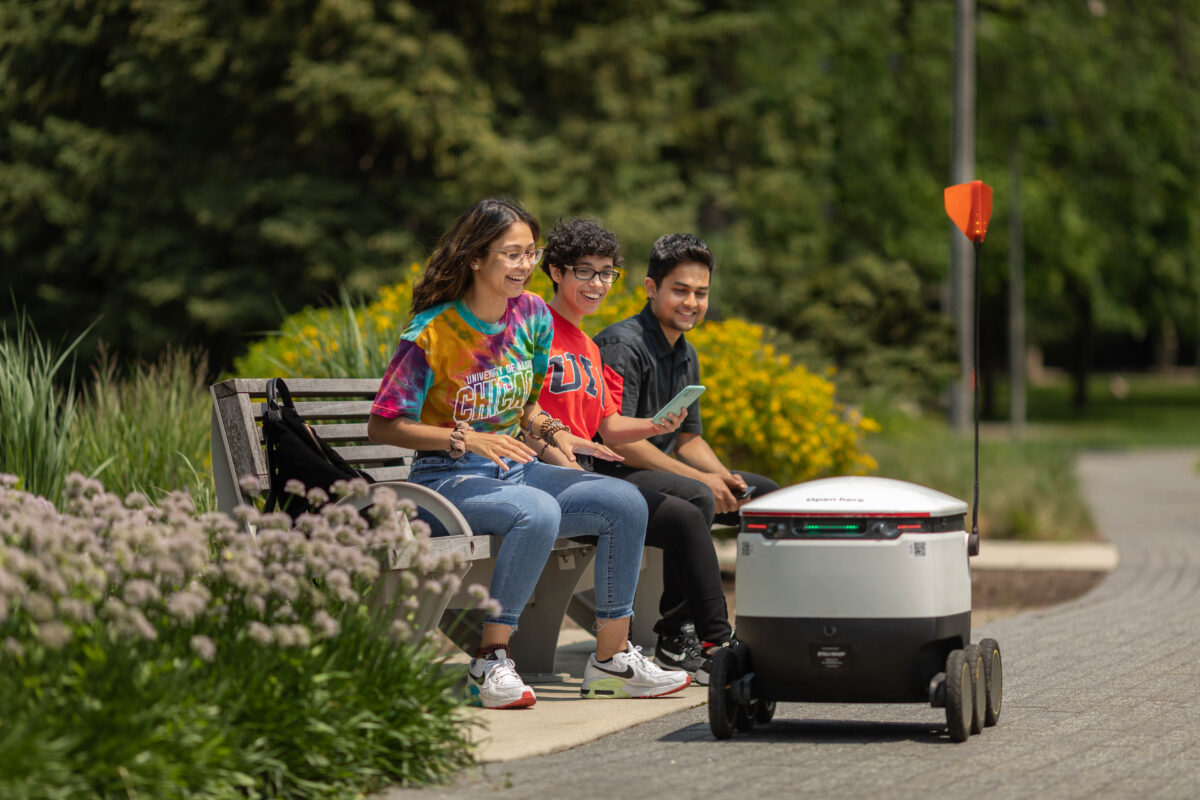The service that allows delivery robots to come and go outdoor between restaurants and apartments to deliver food has become a reality for the first time in Korea. Woowa Brothers Corp, the mother company that runs “Baedal Minjok” (hereinafter Baemin) stated that the company has started a delivery service using self-driving outdoor delivery robot, “Dilly Drive,” at “Gwanggyo Alley Way,” a multipurpose housing complex in Gwanggyo, Suwon city.
The outdoor delivery robot service newly introduced to Gwanggyo Alley Way can be used by anyone, including residents and visitors. 1,100 residents of apartments and studio flats in Gwanggyo Alley Way can choose the menu and make orders from the restaurants and cafes within the apartment complex by just opening their Baemin applications and scanning QR codes in their houses. Orders can also be made at the plaza within the complex, using QR codes placed on outdoor tables.
When there’s an order, the five Dilly drives at Gwanggyo Alley Way go from the station to the restaurant on its own. And once the restaurant staff places the food in Dilly Drive and press ‘go’ button, the robot starts the delivery. Customers can check the current location of Dilly Drive via Baemin application and get notifications 100m before and upon arrival. Customers can receive food either on the first floor of the building or at the designated outdoor table in the plaza.
The Dilly Drive at Gwanggyo Alley Way has evolved with a newly added remote control function. With its 6 wheels, Dilly Drive walks in the speed of 4~5 km per hour, which is the speed of a person walking. Once charged, it can run for more than 8 hours, and with its headlights, it can deliver at night as well. Dilly Drive can carry about 6 lunch boxes or 12 cups of beverages per delivery.
It is a first time in Korea and not very common worldwide for a delivery robot to receive food from restaurants and deliver outdoors. There is a higher technological barrier for outdoor self-driving robots than for indoor robots. Outdoor self-driving robots have to detect the subtle movements of not only cars and bicycles but also children and companion animals, and can only be commercialized when they operate stably even on bumpy roads and ever-changing weather conditions.
Source: Woowa Brothers Corp.







